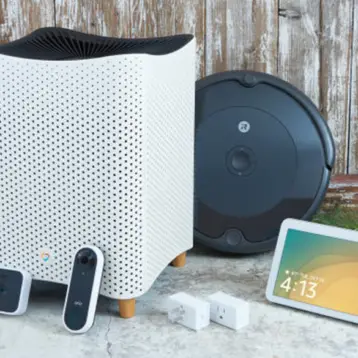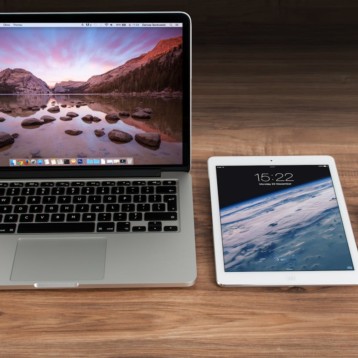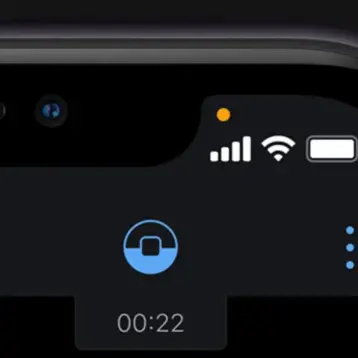
It is incredible how learning has changed over the decades. From the traditional classroom, where the teachers and learners talked face-to-face to the flexible learning environment we are enjoying today.
The popularity of blended learning has increased over the years, with both learners and educators applauding its benefits. Blended learning has received impressive acceptance as every learning institution looks to transform the environment and increase effectiveness.
There still exists some confusion on what blended learning is despite its widespread practice.
What exactly is blended learning?
Blended learning takes various shapes. It integrates the modern eLearning environment and the traditional learning approach. The learners use both online learning materials and get support from their teachers in the classroom.
In blended learning, different learning approaches and models are combined. Learning materials and platforms are also integrated to deliver blended learning.
Different models of blended learning
Various types of blended learning are suitable for different groups, individuals, and situations. Here are the common blended learning models.
1. The Flex learning model
This model collaborates the traditional and eLearning classrooms. However, teaching does not necessarily take place online. It is a self-directed model whereby teachers assign the students tasks that they can complete at their own pace.
Be it poetry analysis, creative writing, or research projects; all are done online. This model depends on online learning tools as teachers only participate in the classroom to support students who need assistance.
The model gives students a lot of control in learning as the teachers’ role is to provide guidance when needed. The cost of learning is significantly lowered through this blended learning approach.
2. Lab rotation blended learning
The lab rotation blended learning model works such that the learners participate in an offline learning environment then move to the online environment. Online and offline learnings occur in different environments: in labs and brick and mortar classrooms.
For instance, offline learning can take place in the traditional classroom. For online learning, students can move to the computer lab and self-direct their curriculum.
In the offline classroom, the teachers get to direct the students. In the online environment, the students are flexible and can design their schedules and activities. This can be done in many ways. Learning can take place in the classroom during the morning sessions and in the lab in the afternoon.
More so, students who have understood a concept can go to the lab, while the others remain behind with the teachers.
3. Flipped classroom blended learning
In this model, the teacher plays the role of the mentor. As opposed to traditional learning, where the teacher is the source of information, the opposite happens in the flipped classroom. Students have access to all the learning content they need.
The students meet the teachers to explore the content or topics only after they have had time with it. The flipped classroom blended learning model has several benefits.
Learners get more opportunities to interact with the teachers one on one. This is mainly because teachers have more time to interact with every student. Students also get enough time to collaborate and work on projects with each other.
Students learn at their own pace and can interact with richer learning content.
4. Supplemental blended learning
As the name suggests, the idea behind the model is to supplement offline learning with online learning and vice versa. For instance, the learners can attend face-to-face classes the whole day. Once they get home, they embark on online learning to cover the traditional class areas.
Alternatively, students can do online learning the whole day and then attend the traditional class to supplement an experience they could not get online.
5. Individual rotation learning model
This model allows students to do an individual rotation on personalized lesson schedules. Unlike the lab rotation or station rotation model, this one is more personalized. The learners only rotate to stations they need.
The teachers or algorithms set the student schedules. This allows the students to access a customized lesson plan. Students can also learn at their own pace. It also saves time as students get personalized modules.
Benefits of blended learning
Blended learning is a great way to enhance the learners’ experience. Here are some of the benefits of blended learning.
1. It supports social learning
Social learning replicates real-life learning experiences. Students can merge their efforts, learn from each other, and collaborate.
2. Richer content
Blended learning allows students to interact with comprehensive and rich content. Through self-directed learning and personalized learning, students get a better understanding of the modules.
3. Blended learning is flexible
Flexibility in learning comes with many benefits. Flexibility lowers the cost of learning and also boosts motivation. Students can self-direct and learn at their convenience.
Conclusion
Blended learning is beneficial for both the students and learning institutions. Schools can allocate resources efficiently, save on overhead costs, and deliver information effectively. There are various types of blended learning models to suit different situations, students’ capabilities, and schedules.
As blended learning continues to be incorporated in schools, flexibility and convenience will be achieved. It supports social learning and gives learners a deeper understanding of content.









